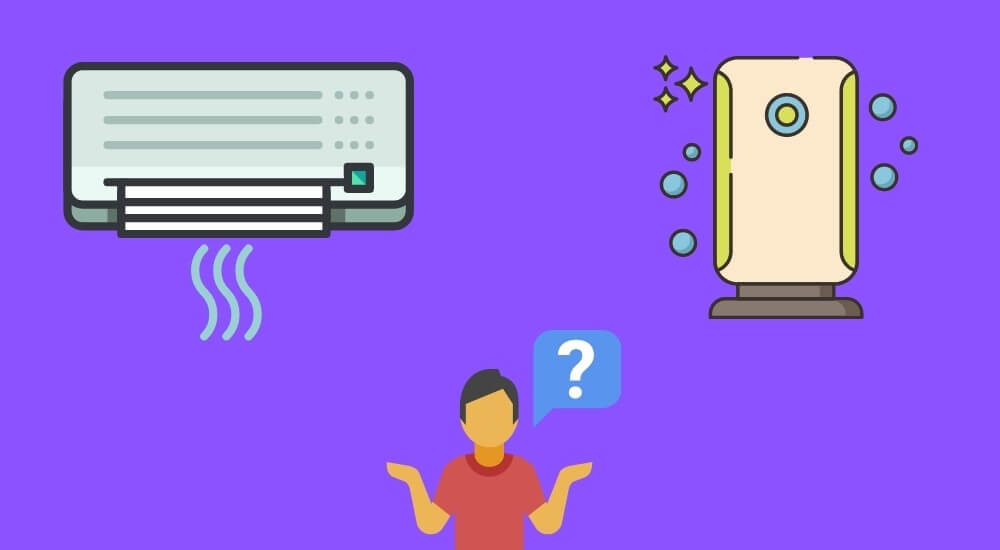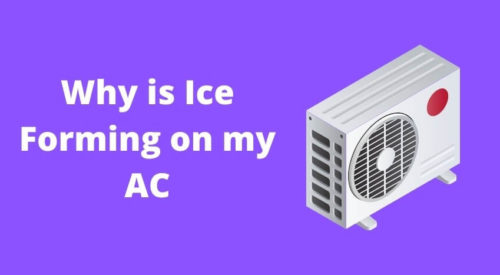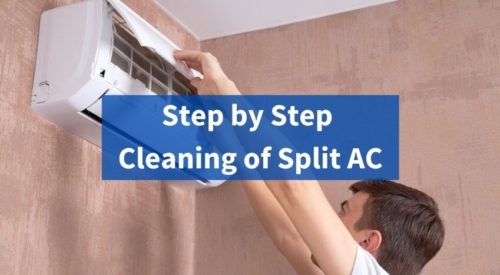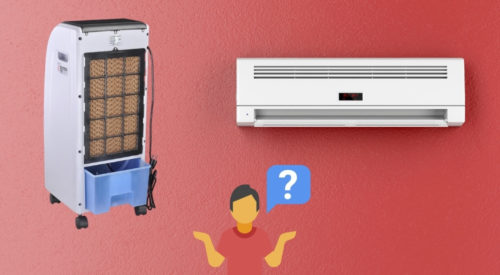In 2019, India was ranked 5th most polluted country in the world, according to data by IQAir.
Our neighbors Bangladesh and Pakistan are no more different. They were ranked 1st and 2nd respectively.
21 of the world’s 30 cities with the worst air pollution are in India – CNN
I live in Delhi, the most polluted city in India and at the time of writing this article, I checked my area’s air quality level which came to be very poor.

Such data is alarming.
The air we breathe in is “hazardous” for health.
If you live in India or a region with poor air quality then you should worry about your health.
Especially young children, toddlers, and asthmatic people are at the highest risk.
For escaping outdoor pollution you are likely to spend more time indoors.
But shockingly the indoor air can be worse than the outdoor air due to the use of incense sticks, mosquito coils, and emissions from cooking.
Your room air can contain
- Dust
- Pollens
- Spores
- Mold
- Volatile organic compounds(VOCs)
- Particulate matter (PM2.5, PM10)
- SO2, NO2, CO
What is the solution?
One obvious solution is using a “room purifier”.
But can you use your Air conditioner for the same.
Can the filters used in your AC purify the room air.
Let’s find out.
Main Use of Air Conditioner
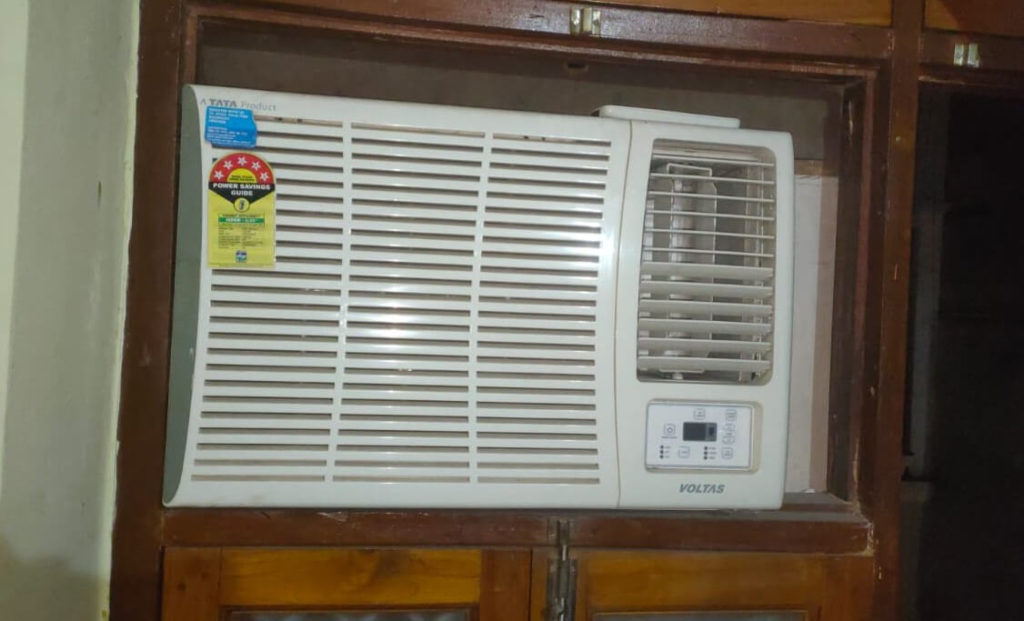
Air Conditioners have come into existence for conditioning of the room air or to say heat or cool the room.
Most Air conditioners can provide cooling inside the room and the heating feature is present only in a few ACs which can work as heat pumps.
An AC can also reduce the room humidity that’s why there is a drain pipe for expelling the water collected from the room’s air.
How does the AC work?
The indoor unit of the AC called the evaporator becomes cold like ice due to refrigeration.
The room’s warm air gets sucked into the indoor unit where it becomes cool and then gets thrown back inside the room.
By continuous circulation of the air, the room becomes cooler.
The outdoor unit called the condenser becomes hot. This heat is expelled in the outdoor environment.
What about the air filters used in an AC?
You may have seen the air filters used inside an AC.

You can see how much is dust accumulation on my AC’s dust filter. It needs to be cleaned regularly.
The dust accumulation shows it can filter the dust present in the room air.
These can filter big dust particles and pollen from the air but cannot filter tiny particles, or particulate matter(PM2.5).
Also, companies provide these filters in the AC not with the purpose of purifying the air but to protect the inside coiling from dust.
So an AC is not the best option for air purification.
How Air purifier is different from Air Conditioner
“Air purifiers are designed solely for purifying the room air”
Unlike an air conditioner which only has a single filter for filtering dust, an air purifier contains several air filters for purifying the air.
Depending on the model of the air purifier, it can filter dust, pollen, PM2.5 particles, kill bacteria, remove odor, etc
I researched many air purifiers online in India and found almost all of them use 3 stage filtration.
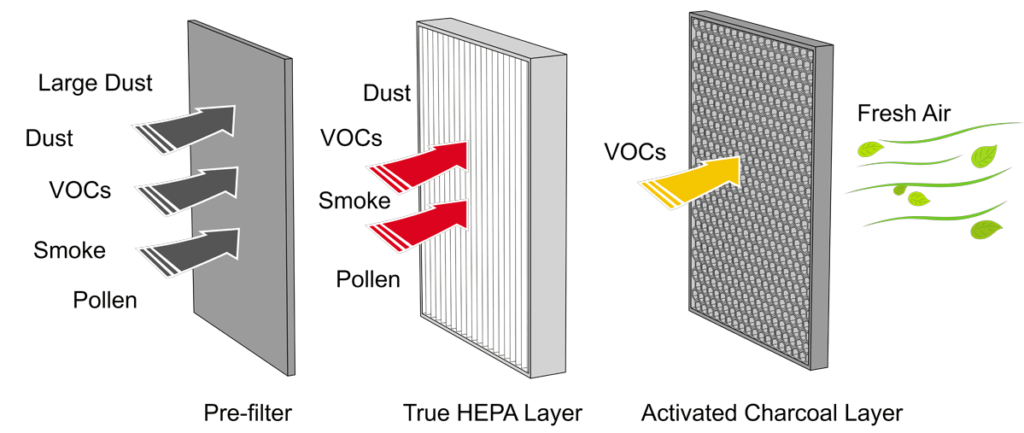
Filters used
- Pre-Filter
- Activated Charcoal Filter or Carbon Filter
- HEPA Filter
The pre-filter can be compared to the dust filter in an AC. Its job is to filter large dust particles.
Second layer can vary between the carbon filter or the HEPA layer.
The carbon filter can effectively filter VOCs(volatile organic compounds) and remove odor from the air.
HEPA Filter
“This is the most important filter used inside an air purifier”
Without the use of a HEPA filter, an air purifier cannot be said as an air purifier.
A true HEPA filter is expected to remove 99.97% of all airborne particles sizing 0.3 µm or more.
It can filter extremely tiny particles that you and I cannot even see with our naked eyes.
To get an idea of how tiny a particle HEPA filter can catch.
See the below picture comparing the size of PM2.5 particulate matter to the size of a human hair.
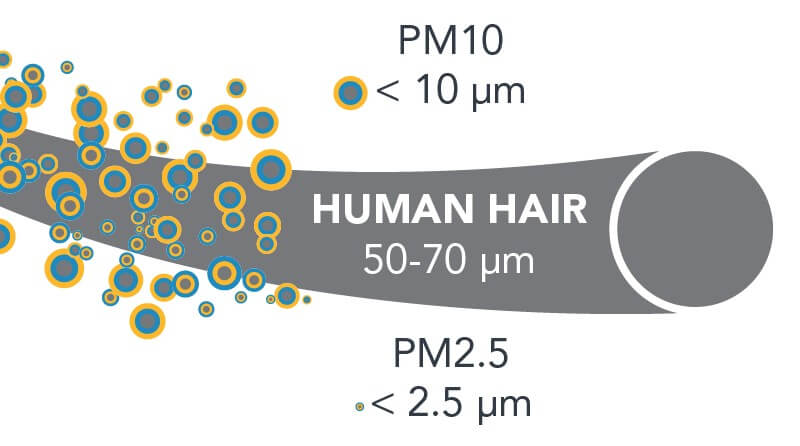
When calculating the air quality index for an area, more importance is given to PM2.5 particulate matter.
Adverse effect of particulate matter on health
- premature death in people with heart or lung disease
- nonfatal heart attacks
- irregular heartbeat
- aggravated asthma
- decreased lung function
- increased respiratory symptoms, such as irritation of the airways, coughing, or difficulty breathing.
HEPA filters can easily filter particulate(PM2.5) matter.
Are there any Air Conditioner with built-in Air Purifier
Few room air conditioners can come with additional air purifying capabilities like killing bacteria and removing odor.
They can also use filters for catching particulate matter but they are very inefficient when compared to an air purifier.
Also, advanced filters like “HEPA” filters cannot be used in AC.
The air circulation will become poor leading to inefficient cooling of the room.
The AC cannot compromise on the cooling efficiency for purifying the air.
While looking online I found a filter that can be used to make your air conditioner work like an air purifier.
Though it can purify the air from particulate matter, the problem with it is that it decreases the air circulation of the indoor unit.
This decreases the “cooling efficiency”.
With decreased cooling efficiency the AC consumes more power leading to higher electricity bills.
When to buy an Air Purifier
Air Purifier is useful when
- People suffering from asthma or lung disease
- Difficulty in breathing
- Living in a polluted city like Delhi
- Suffering from allergy
If you live far from cities in a pollution-free environment then there is no need of using an air purifier.
Can I Use Air Purifier and Air Conditioner
Yes, you can use an air conditioner and air purifier both at the same time.
There is no harm in doing so.
The air conditioner will cool the room and the air purifier will purify the air.
Both the devices need a closed room for giving the right results.
Both the devices circulate the room air for cooling and purifying respectively.
Do AC bring air from the outside environment
There is a general misconception that the air conditioner circulates the indoor room air with the outside environment.
But in reality, it only circulates the indoor air to make it cooler.
There is no circulation between indoor and outdoor air.

